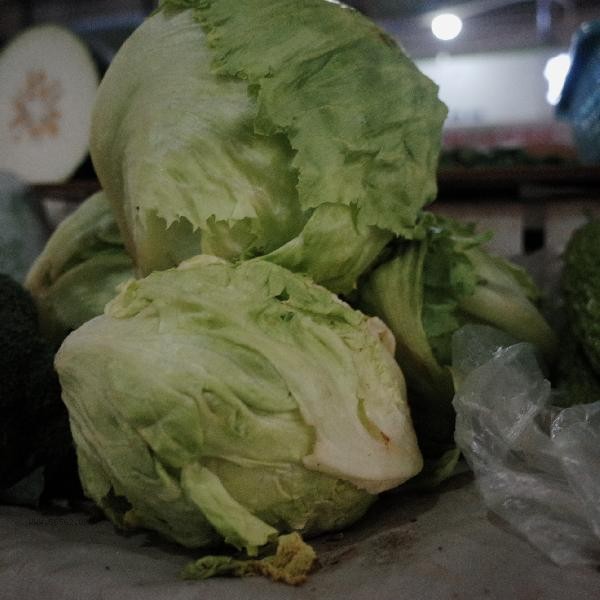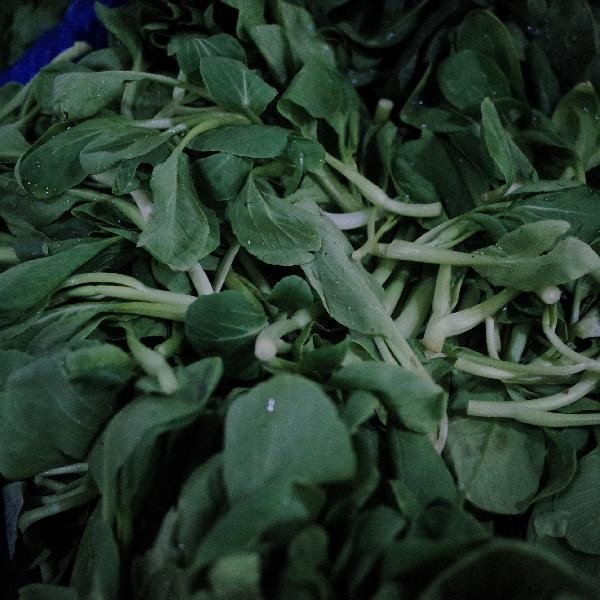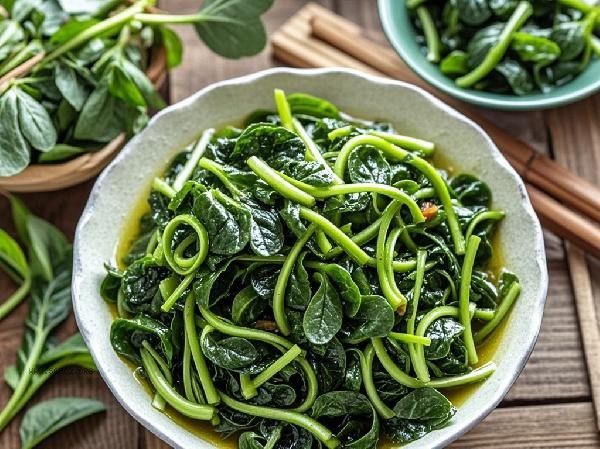When there is no refrigerator, vegetables can be stored by hanging them in a ventilated and cool place, soaking them in salt water, wrapping them in newspapers, storing them in bamboo baskets, and adsorbing with desiccants. These methods can delay water loss and inhibit bacterial growth, making them suitable for short-term storage of leafy vegetables.

1. Hang the green vegetables in a ventilated and cool place.
Hang the roots of the vegetables upwards in a ventilated and dark place, using gravity to slow down the loss of water from the stems and leaves. Choose an environment with a temperature below 25 degrees Celsius to avoid direct sunlight that can cause leaf wilting. This method is suitable for leafy vegetables with longer stems such as spinach and water spinach, with a storage time of about 2 days.
2. Salt water soaking
Soak the roots of vegetables in 5% concentrated light salt water for 10 minutes, remove and drain the surface water droplets. Salt can inhibit bacterial growth and supplement vegetables with trace minerals. It should be noted that soaking for too long can cause cell dehydration, and is suitable for varieties with high water content such as rapeseed and lettuce.
3. Newspaper wrapping
Wrap the outer layer of vegetables with dry newspaper, which can absorb excess moisture and block some oxygen. Replace the newspaper every 12 hours to prevent mold growth, and keep a small amount of soil from the roots of the vegetables when wrapping to extend freshness. This method has a better effect on storing tender leafy vegetables such as chrysanthemum and oilseed rape.

4. Bamboo Basket Storage
Loosely place vegetables in a breathable bamboo basket, cover with damp gauze to maintain humidity. The natural antibacterial properties of bamboo can reduce the growth of spoilage bacteria, and the water evaporated from gauze can form microcirculation. Suitable for storing wide leaf vegetables such as amaranth and sweet potato leaves that are prone to dehydration.
Fifth, desiccant adsorption
Lay food grade silica gel desiccant at the bottom of the container, and place vegetables on a bracket above to avoid direct contact. Desiccants can reduce environmental humidity and slow down mold growth. It is necessary to check the status of the desiccant daily, as this method is particularly effective for storing compact vegetables such as bok choy and vegetable hearts.

Regularly check the condition of vegetables during storage and remove yellowed or rotten leaves. Different varieties should be stored separately to avoid cross contamination, and root vegetables can be buried in moist sandy soil. In hot weather, water can be sprinkled on the ground to cool down, and a mesh can be used to prevent insects. If there is obvious decay, stop eating and prioritize consuming leafy vegetables that are not easy to preserve. Tuber vegetables can be left for a longer period of time.








Comments (0)
Leave a Comment
No comments yet
Be the first to share your thoughts!